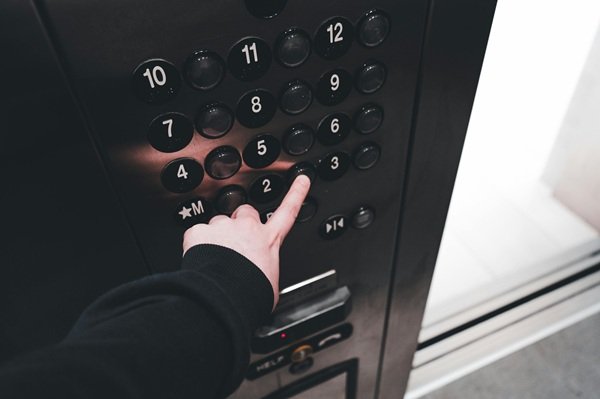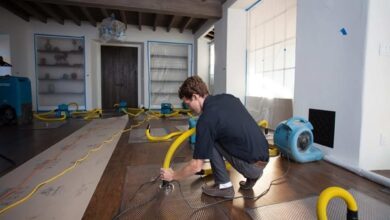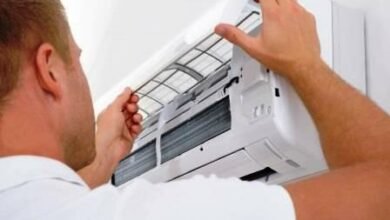How to Spot Early Warning Signs Your Elevator Needs Maintenance

Elevators are an essential part of many commercial and residential buildings, ensuring smooth accessibility and efficiency for tenants, staff, and visitors. While modern lifts are built to be reliable and safe, they still require consistent monitoring and servicing. Spotting the early warning signs of elevator issues is crucial to preventing costly repairs and avoiding potential safety hazards. Carrying out a hazard and risk assessment on all of your lifts is a proactive step that can help identify problems before they escalate.
Unusual Noises During Operation
One of the first indicators that an elevator may need attention is unfamiliar or excessive noise. Grinding, squeaking, or clunking sounds often point to mechanical issues, such as worn-out parts, misaligned components, or insufficient lubrication. Ignoring these noises can lead to more serious breakdowns and reduced lifespan of the lift system.
Jerky or Delayed Movement
Smooth and consistent travel is a hallmark of a well-functioning elevator. If passengers notice sudden jolts, delays in starting, or stops that feel abrupt, it may signal underlying problems with the motor, pulleys, or braking system. These issues not only compromise comfort but can also pose significant safety risks if not addressed promptly.
Doors Failing to Open or Close Properly
Faulty doors are among the most common elevator problems. Doors that hesitate, close too quickly, or fail to close fully can be caused by sensor malfunctions, worn rollers, or electrical faults. Since malfunctioning doors increase the risk of accidents, immediate inspection and servicing are strongly recommended.
Frequent Breakdowns or Stoppages
An elevator that experiences regular shutdowns, even if brief, should never be ignored. Frequent stoppages are a clear sign that critical components may be deteriorating. Left unchecked, this can lead to extended downtime, inconveniencing building occupants and affecting business operations.
Slow Response Times
If the lift takes noticeably longer than usual to arrive after pressing the call button, it may indicate electrical or control panel issues. In high-use buildings, slow response times can also reflect general wear and tear on mechanical systems. Addressing these issues early helps restore efficiency and prevents further strain on the lift.
Unpleasant Smells or Overheating
Burning odours or unusual smells inside the lift shaft or cabin could be caused by overheating motors, electrical faults, or wiring problems. These should always be treated as urgent, as they may indicate a risk of fire or system failure.
Why Early Detection Matters
Identifying problems in their early stages reduces the risk of sudden breakdowns, minimises repair costs, and ensures that lifts continue to operate safely and reliably. Regular maintenance combined with professional inspections helps building owners meet compliance obligations while protecting the wellbeing of everyone who uses the elevators.
Your elevator is one of the most important pieces of infrastructure in your building
By paying attention to the warning signs—whether it’s unusual noises, faulty doors, or slow response times—you can take action before small problems become major safety concerns. Engaging experienced technicians to carry out regular servicing and a thorough hazard and risk assessment provides peace of mind and keeps your lifts running at their best.





